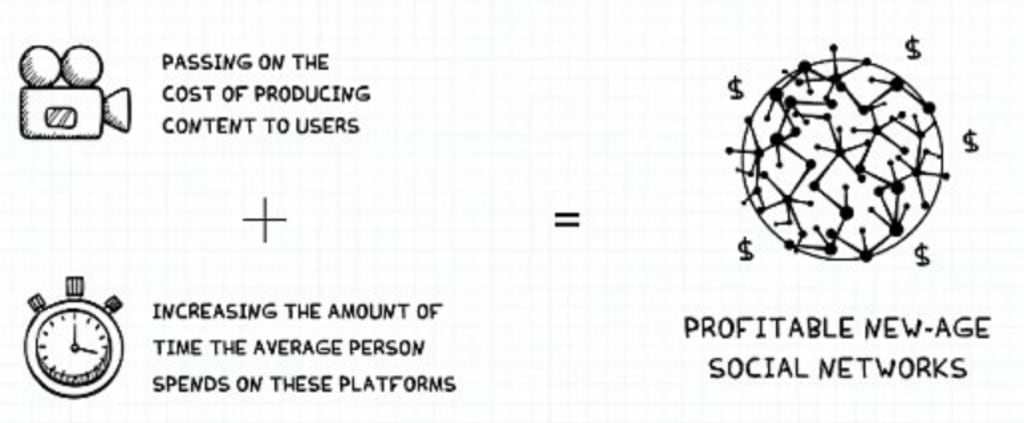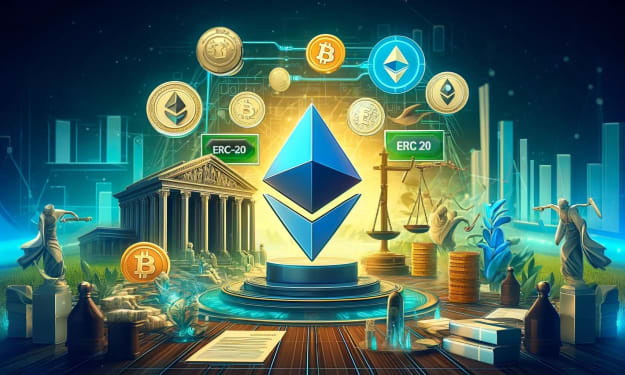
For some practical reasons,
Video games are one of the few consumer-facing use cases that have a real opportunity to scale to billions of users in the digital asset ecosystem.
First, gamers are used to virtualized digital assets; they often pay for in-game transactions (player-to-player, to gaming companies).
Funding for blockchain-related games will explode from $83 million to over $2.4 billion between 2020 and 2021, driven by Axie Infinity.
But the current popularity is not as high as before. The reasons are: traditional game players are mainly for entertainment, while Web3 games pay too much attention to financial aspects, which affects the game experience.
At the same time, there is not much technical development, and it is difficult to create a Web3 native version of AAA-level games; for the existing user base, it is meaningless to forcefully apply the primitives on the chain, and it will also cause opposition.
Combining the above reasons, we can say that the sales and revenue of Web3 native games are not as expected. Ordinary gamers don't care much about the incentives of on-chain transactions, and traditional game studios have encountered difficulties in trying to integrate NFTs in games.
The impact of the bear market and insufficient product experience have also hit Web3 games. In other words, the Web3 gaming ecosystem does not yet have the infrastructure and user experience to attract and retain large numbers of consumers.
NFTs are somewhat considered another way for studios to strip users of their assets, especially in the gaming industry. In the shift from physical copies of games to digital versions, game developers began selling game expansions in the form of DLC. In-game monetization practices such as microtransactions and lootboxes have also sparked controversy. Web3 games are working hard to build better financial infrastructure and asset verification to provide more value to creators and users.
To leverage this infrastructure for Web3 games, provide users and creators with the ability to effectively create and use their own digital assets. This is where User Generated Content (UGC) comes into play.
UGC also helps to broaden the game's audience, as it allows players to create their own gaming experience and share it with other players. This is also an opportunity for game developers, as they can provide more content and increase the appeal of games by leveraging the capabilities of UGC. Therefore, by adding UGC functions to games, game developers can increase the long-term value of the game, while also improving the observability and sociality of the game.
This illustrates the potential of UGC platforms to not only extend the lifecycle of games, but also attract creators and resources to generate revenue for the platform. Partnerships with brands are another opportunity to increase revenue while also making the game more appealing. In Roblox's case, there's a ton of independent user-generated content, some of whom have reaped significant revenue from it. This illustrates the potential of UGC for creators and the gaming industry.
At this point, games can engage creators by engaging them on the platform and offering them the opportunity to create and publish their own content. Creators can create any number of scarce assets and sell them on the platform's marketplace. As more creators join and create more content, the community of the platform will become more and more developed.
Ultimately, these creators can earn the revenue generated from their creations, and games can earn money from it. In this way, the platform becomes a true UGC platform, promoting creators' creativity and realizing their economic potential.
The development of a strong UGC economy is likely built on the focus of the motivations of the game players. If Web3 native games can be compensated in terms of economy, the fun of the game will decrease. In P2E economies, we see that most users come for the extra income it generates.

These users may have an evolutionary curve where, with enough time spent playing, they can earn enough money to buy assets in the game and trade them. With sufficient profit, the players can rent assets to other players, similar to a guild model. At the peak of his career (in terms of commercial value of the game), the player will have enough skill to craft unique gaming experiences, lead the community around it, and earn passive income.
In this way, users can not only feel valuable, but also attract more players to join the game community and create their own value for them. Therefore, embedding technologies such as DeFi, DAO, and NFT in Web3 games is not only a possible method, but also an attractive method that can attract the eyes of ordinary people to the Web3 world.






Comments
There are no comments for this story
Be the first to respond and start the conversation.